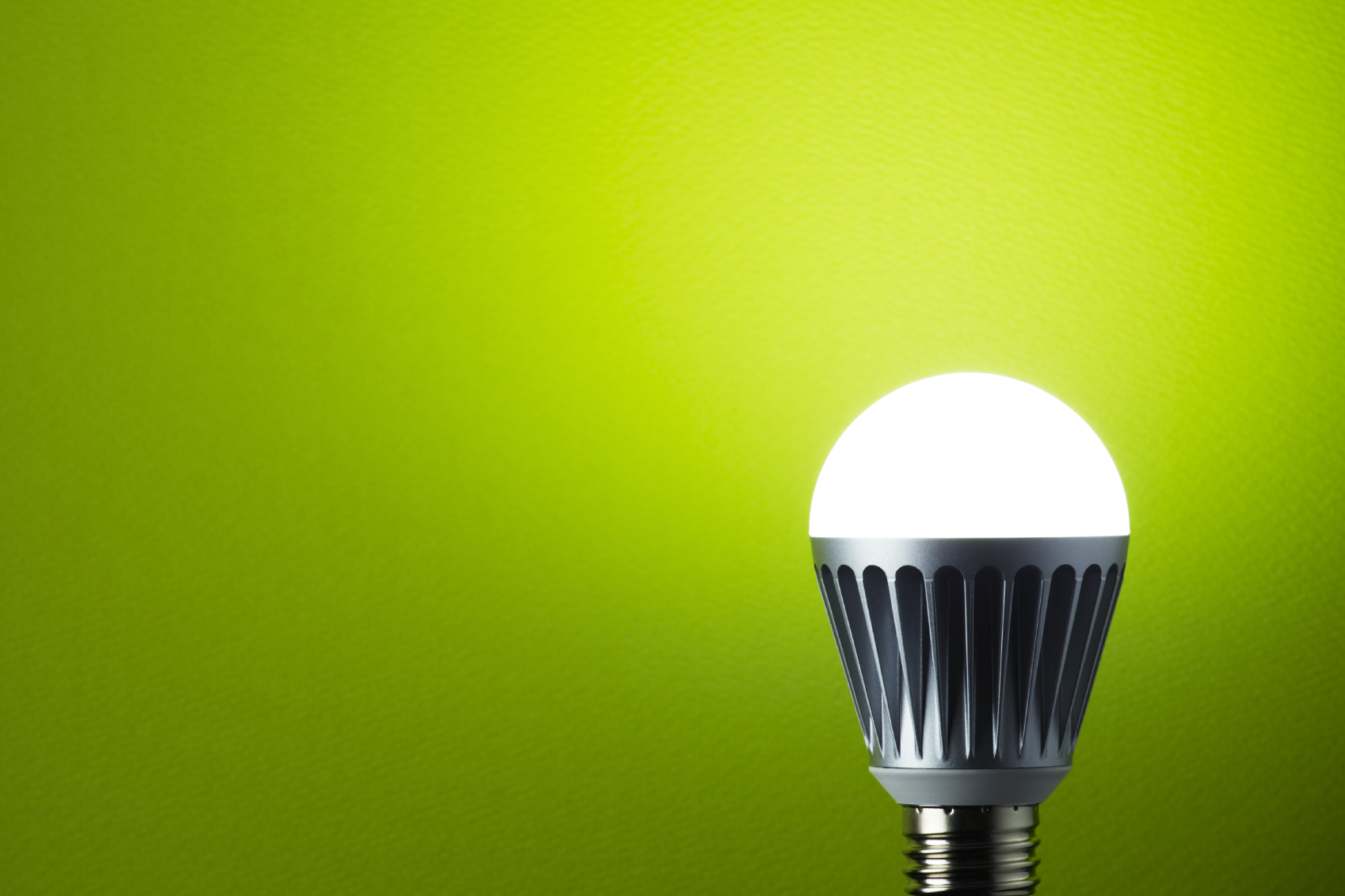3 Truths on Why Certain Lightbulbs Save Energy
 Since traditional incandescent lights have essentially been phased out, people have been looking for their best options to save money and energy on home lighting. There is a lot of misinformation out there, so it is important to know the truth behind home lighting so that you make an informed decision. The following are three truths about energy efficient lighting that you may not know.
Since traditional incandescent lights have essentially been phased out, people have been looking for their best options to save money and energy on home lighting. There is a lot of misinformation out there, so it is important to know the truth behind home lighting so that you make an informed decision. The following are three truths about energy efficient lighting that you may not know.
Truth 1: Energy Converts to Light, Not Heat
Place your hand just over the surface of any light bulb. If you feel heat radiating from the bulb, that is wasted energy. An incandescent bulb works by heating up a wire filament until it is white hot, which is how it produces light. The reason why traditional incandescent light bulbs were so inefficient is because 90 percent of the energy used by the bulbs was given off as heat, not lighting.
Have you ever wondered why your childhood toy oven used a light bulb, and actually cooked food? This meant that only 10 percent of the energy used to light a bulb was converted into light. The remaining energy was wasted, unless you owned a children’s oven and some cookie batter mix.
You will notice that the more energy efficient a bulb is, the cooler the light is to the touch. You can place your hand directly on top of an LED light and it won’t burn you. This is because the bulb uses significantly less energy, and therefore less heat. These bulbs are also safer to be used around children and pets which can easily be burned by less efficient models.
Truth 2: Directional Lighting Uses Less Energy to Provide the Necessary Lighting
Halogen incandescent lighting works similar to old incandescent lights, only the filament is covered by a capsule which contains gas. This gas boosts the brightness of the filament, meaning you use less energy to get the same amount of light.
A CFL, or compact fluorescent lamp, bulb doesn’t have a filament. Instead, a gas is heated up inside the coiled tube, which emits light. It uses about one-quarter the energy of a traditional incandescent bulb to emit the same amount of light. It is worth noting that it costs more money to turn on and heat up the bulb than it does to keep it running. It also takes time to reach its maximum brightness.
Incandescent and CFL bulbs creates light all around the source. This results in wasted energy in areas of the room that don’t need lighting. According to Patriot Tube, LED, or light emitting diode, lighting is more directional, which means more of the light goes where it needs to go instead of to the sides where light isn’t needed.
Newer LED bulbs contain clusters of diodes, which are diffused to soften the direction, LED bulbs don’t waste energy by emitting light in all directions. With LED lights, you need a lower wattage bulb to meet your lighting needs in areas where you use task or directional lighting.
Truth 3: An LED’s Size Is What Lowers Energy Costs
Most people will say that LED lighting is the most efficient based on the fact that it doesn’t produce heat. This isn’t true. An LED does produce a great deal of heat for its size. This heat is transferred into a heat sink which keeps the bulb and wiring cooler by dispersing the heat.
The reason LEDs saves energy is because they only needs to light up a tiny diode, about the size of a fleck of pepper. This tiny diode results in a super bright light. As a result, you don’t have to use as much energy to achieve the same level of brightness.
Compare an LED light to a CFL which has to heat all of the gas in a long tube that is twisted into a spiral and it will be easy to understand why CFL and halogen incandescent lights both produce more energy than their LED cousins.
Save Energy, Save Money, Save the Environment
The indisputable fact is; saving energy saves you money and is better for the environment. Energy efficient lighting will help protect our world for future generations.
















